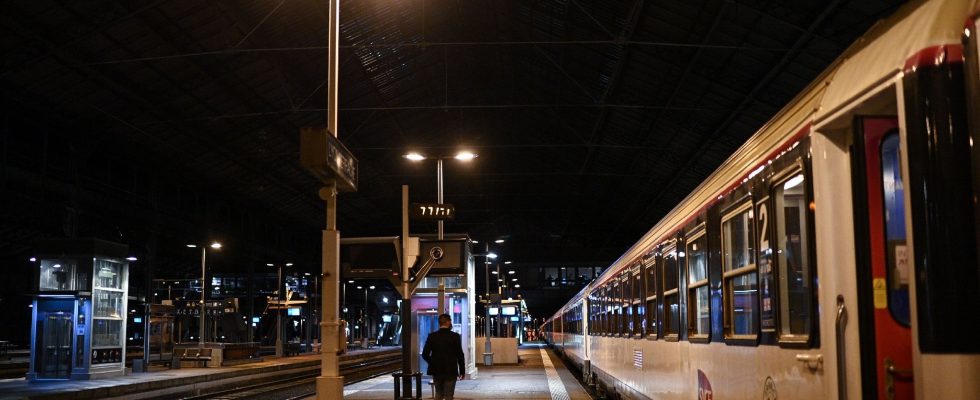Almost ten years after its cancellation, it is back on track: the Paris-Berlin night train will leave on December 11. “The service will start from Berlin, three times a week, before becoming daily from October 2024,” Bernhard Rieder, spokesman for the Austrian railway company ÖBB, told AFP. 2016 night trains throughout Europe.
70% of Europeans ready to travel by night train
The train has the wind in its sails. France aims to reduce emissions from the transport sector by 28% by 2030 and complete decarbonization by 2050. Rail therefore appears to be an essential lever for achieving this, in particular as a substitute for air travel. The idea also appeals to users: a survey conducted by Europe on Rail in 2021 notes that 70% of Europeans are ready to travel by night train. To achieve this, the lines must still work. In 2015, an internal SNCF memo recommended “an organized end to this offer” and the lines were gradually eliminated.
Night trains were nevertheless deeply inscribed in French habits before the arrival of high-speed trains and increased competition from the plane. In 1981, the year the first TGVs were put into service, Train Direct counts 550 stations served by one of these trains in France. If the challenge is not yet to return to such a network, the momentum is there, supported by the European Union which wishes to resurrect the “Trans Europ Express”, a night train service that traveled across Europe between 1957 and 1991. A dozen lines already make it possible to connect France to its neighbours, TGV and night train included, and a dozen others should open before 2030. For example, it will be possible to reach Warsaw from Paris or Barcelona and Zurich from Lyon, by sleeper train by the end of 2024.
Longer high-speed lines to be implemented
On the high-speed lines side, projects are more difficult to implement. A special report of the European Court of Auditors 2018 raises the problems posed to Europe by the construction of high-speed cross-border lines. The report notes a fragmentation of high-speed lines, “carried out in isolation by the various Member States”, and resulting from “insufficient coordination between the countries”. The construction of new railways has also aroused harsh criticism from some environmentalists, like the disputes around the Lyon-Turin line.
Europe is therefore playing its part in this immense project. At the end of June, the European Union released 6.3 million euros to finance studies for the first phase of the LGV between Montpellier and Perpignan. The total cost of the project is estimated at 6 billion euros and should allow the continuity of the high-speed network between France and Spain. To pursue the development of these lines, the EU has even endowed itself with a financing program intended to improve the trans-European transport network called MIE (Mechanism for the interconnection in Europe). It should in particular help States to install the single European signaling system. In the same vein, the Commission decided at the start of the year to support 10 pilot services aimed at establishing new rail lines or to improve those already existing in the territory. Among these projects, a night train to connect Venice to Paris or Amsterdam to Barcelona.
But with a view to boosting rail traffic, the question of ticketing is crucial. A study published by the NGO Transport and Environment and Back-on-Track shows that a 0% VAT rate on European night train tickets, combined with lower rail tolls, could reduce the cost of a ticket by 20%. For now, the Interrail Pass, the European train ticket, remains the most economical solution for traveling across Europe. Since 1972, it has allowed unlimited travel in Europe for three months for 700 euros, or to take the train five times over a month for around 200 euros.
